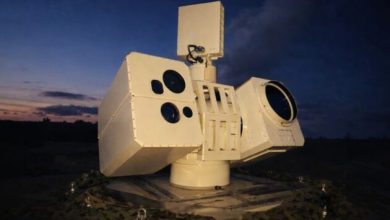Sweden Orders Lightweight Torpedoes From Saab

Sweden has ordered Saab’s Lightweight Torpedoes and torpedo tubes for 1.3 billion Swedish kroner ($120 million), with deliveries starting in 2026.
The order includes spare parts, training systems, and technical support.
The Scandinavian nation’s new light torpedo system is designed to operate from submarines and surface ships, with future integration planned for helicopters.
The torpedo is built for the Baltic Sea’s shallow waters and complex seabed, requiring advanced detection, navigation, and communication capabilities.
Features
The system measures 2.85 meters (9.35 feet) in length and 40 centimeters (15.75 inches) in diameter, with a weight of around 340 kilograms (750 pounds).
It can reach speeds of over 40 knots (46 miles/74 kilometers per hour).
The lightweight torpedo, designed to operate at depths greater than 300 meters (984 feet), uses acoustic reflections to detect underwater objects, similar to the way whales navigate and sense their environment.
The system can be monitored and controlled over distances of several kilometers through a thin copper wire connection.
Increasing Security at Sea
Stockholm is strengthening its maritime defense as security concerns rise in the Baltic and Scandinavian regions.
The order is Sweden’s second for Saab torpedoes, following initial deliveries that started in 2022.
In 2020, Saab, working with the Swedish Defence Materiel Administration and the Swedish Armed Forces, carried out the first live firings of the torpedo from both a corvette and a submarine in the Baltic Sea near Karlskrona, on Sweden’s east coast.





